The smart building market is growing fast and to be structured, it now has a defined framework: the Ready2Services (R2S) standard, which a part is already included in the NF housing standard.
This framework has been created and initiated by the Smart Buildings Alliance which believes in the building of the future: a digital and evolutive building, platform of services which interacts with its environment and participates to create the smart city.
To answer the goals of energy efficiency, home care and mutualisation of energies, the building has to be able to communicate with its environment and with the equipments that surrounds it. That’s why the SBA has developed the “ready to services” (R2S) building and has created a framework to define and standardize it: the Ready2Services standard.
Working principle of R2S architecture
The R2S concept is unique and applies to all types of constructions, for new buildings or renovations: residential, collective housing, tertiary, industry, etc. Its architecture has three levels:
- Equipments
It is the corner stone of a R2S building, and it is on this layer that NodOn sensors and actuators intervene. Those equipments allow the control of the building, remotely or automatically, whether it’s for lighting, heating, roller shutters, etc. It collects data and communicates with the IP layer of the building.
- Infrastructure
It’s this network layer which permits, independently from the computer network and thanks to a local network, to get the information that will be translated into services.
- Cloud and services
It is the last layer of R2S, the brain of the building, which allows to host and to make data circulate. It’s translated by a data center and a user interface, PC or smartphone. Thanks to the cloud, data are duplicated, transformed and reworked to allow its access to other applications and information systems which will turn it into services, adapted to administrators and building users.
This standardized architecture is an answer to the interoperability problem, it allows more flexibility and doesn’t impose a dedicated infrastructure. The independence between those three levels is essential and is part of the prerequisite to determinate if a building is Ready2Services.
NodOn range and the R2S standard
According to the SBA, buildings conceived which respect R2S today are compatible with equipments and services of the thirty next years to come. Wireless and battery-less, NodOn devices are already part of these equipments: it participate to make the building smart, lasting, evolutive and flexible.
The R2S standard makes a point of honour for the equipments to be autonomous, and that it is able to work with or without network. Therefore, it operation is not compromised in case of network outage. De facto, NodOn devices well respect this rule, whether it is to control light or roller shutters for example.
Deployment of the Ready2Services standard will allow the buildings to be evolutive and energetically efficient. This standard put a framework to the market: it standardizes it and drives forward on the same direction several actors, with the goal of turning the building smart and answering the issues of the society of today and tomorrow: digital, responsable, ethical and user-centric.
« As a specialist of smart building’s first layer it was essential for our products to be registered in the R2S standard to carry those issues. Our first ambition is to permit energy saving and energy efficiency to the building, but also the comfort to the user. That’s why we create wireless and battery-less products, interoperable. » Thomas GAUTHIER, CEO of NodOn.
No wire, to renovate, create of transform buildings and houses into connected spaces. No battery, for energy autonomy and to permit to the building to be connected, sustainable and environment-friendly.

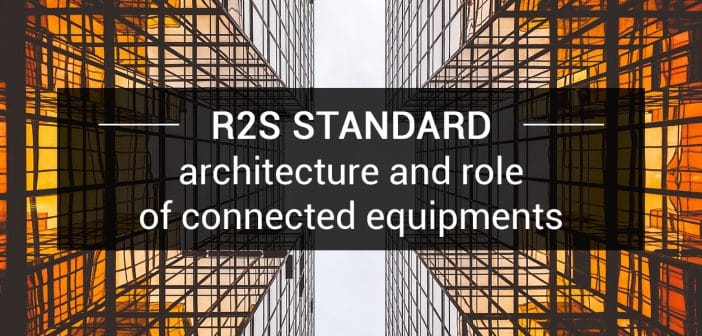




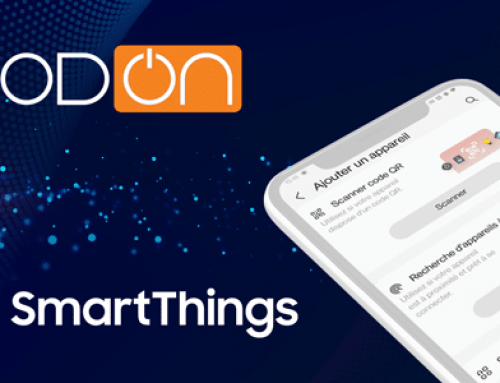


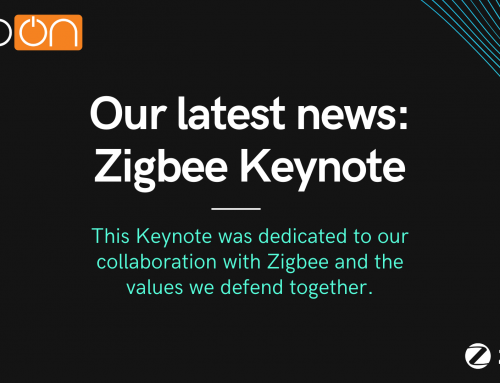
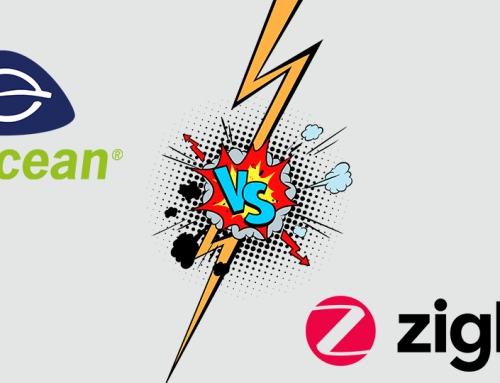
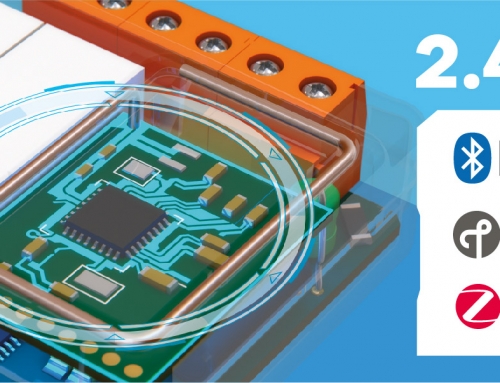
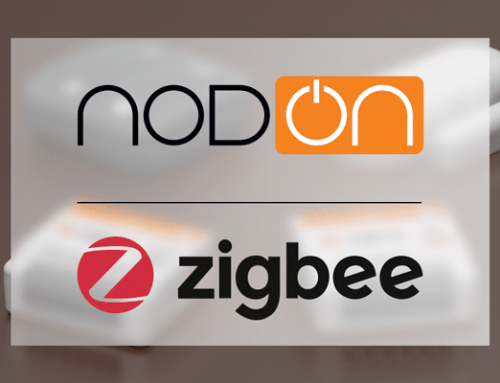
Leave A Comment